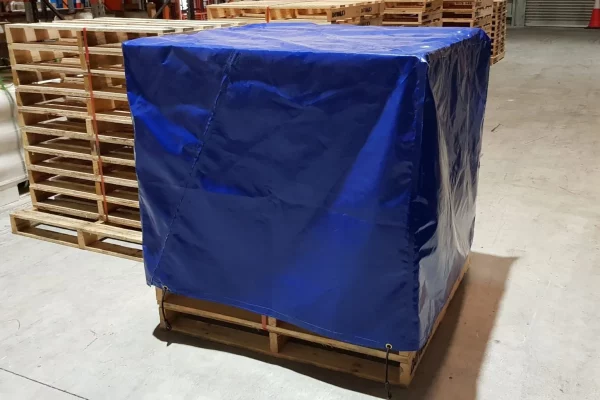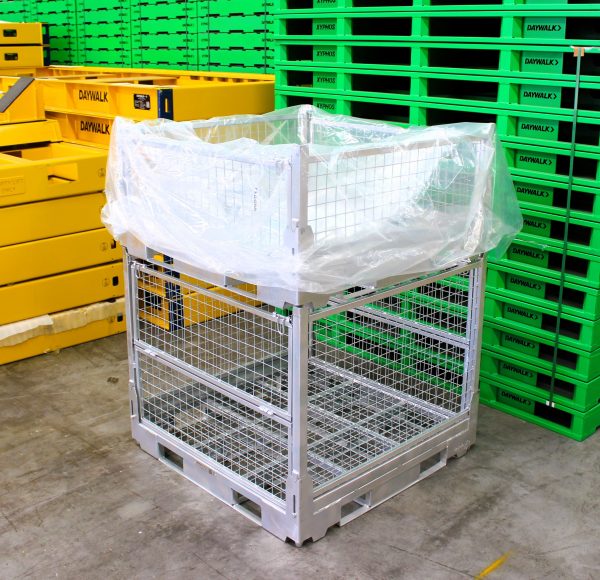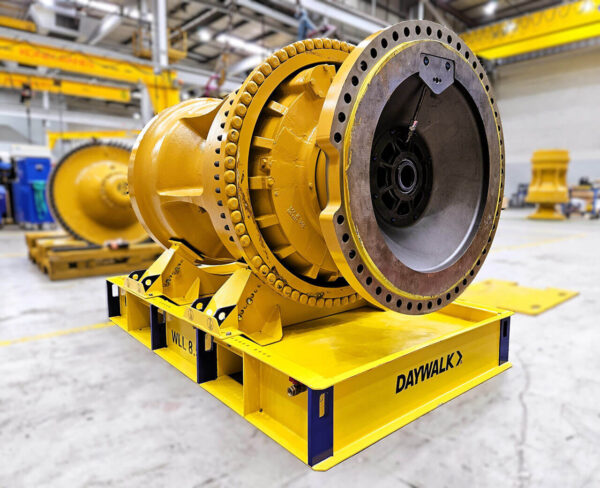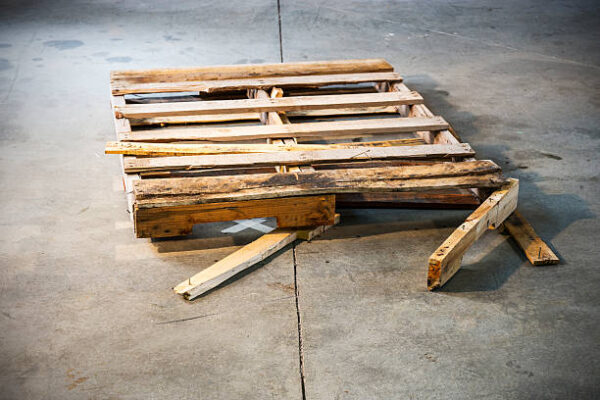Pallets – they have a lot of uses across different industries, and their usefulness is unparalleled. It’s easy to take the pallet for granted, because of how common it seems to be. Because pallets are staples to most industries, overlooking proper maintenance and storage of pallets tends to occur quite often.
This oversight costs businesses their resources. Pallets require money, and so do repairs and pallet replacements. Pallets that are damaged and rendered unserviceable is money down the drain. As well, damaged pallets that are still in circulation can cause damages to product and injury to crew, further costing the business more resources.
Taking care of your pallets, therefore, is as important as the value offered by the pallets themselves. Proper maintenance and storage of pallets can do much for extending the pallets’ service lifespan, as well as ensuring they won’t need time-consuming repairs as often as when they’re not properly maintained.
INVEST IN QUALITY
The first step to proper maintenance and storage of pallets is one that isn’t always considered. When it comes to pallets, investing in quality pallets can do wonders in terms of lowering the overall costs of maintenance of pallets.
When it comes to wooden pallets, especially hardwood pallets, make sure that they’re built from quality materials. Check the pallets for any pre-existing damage. Another sign of quality when it comes to pallets is their load-bearing capacity. Inspect the pallet’s indicated load capacity and if possible, ask for a stress test on a similar pallet. Simple quality checks may be an additional five to ten minutes, but this short period can save your business hundreds of dollars per pallet in the long run.
USE PALLETS CORRECTLY
Using pallets the way they were intended to be used is an excellent way of extending their lifespan. Abusing pallets by overloading them or improperly using them can cost a business unnecessarily. Train the warehouse crew on the proper use of the pallets, forklifts, and any other equipment or tools that come into use when palletising goods. Pallets that are starting to drag shouldn’t be loaded to capacity and should be slowly cycled out of service. In using pallets correctly, damage from improper use is lessened, which in turn helps extend the service lifespan of the pallet.
STACK PALLETS FLAT
Pallets are intended to stacked flat – that is, they should lie horizontally, not vertically. Stacking pallets this way ensures that they retain their shape and balance; vertically storing pallets can cause damage to the planks and lead to nails coming loose, damaging the integrity of the pallet.
Pallets are intended to be stacked on top of each other, so make sure that stacked pallets fit together and align properly. Stack together pallets of a similar size. When stacking pallets, make sure the pile doesn’t exceed six feet in height. Secure stacked pallets with rope or plastic when possible, or as deemed necessary.
These are just a few tips that a responsible warehouse manager can use in managing the maintenance and storage of pallets in circulation or service. Invest in quality pallets today – get Omni-tuff pallets.





